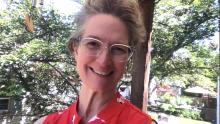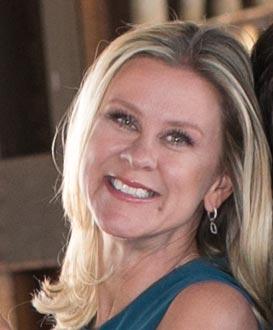
4 Elements of a Great User Insight
It’s hard to create remarkable brand experiences without an inspiring insight into the user. I’ve always considered user insights to be the single most important component of a creative brief, and it’s no surprise that it’s also the most challenging component to develop. The process of uncovering a meaningful insight starts with understanding the user. You need to know your audience well beyond the demographics. How does he think? What does she feel? Not just about your product or service, but about the category?
It’s critical to understand the difference between an observation (a demonstrable fact about your product/service and your user—the “what”) and an insight (recognizing what motivates them—the “why”). It takes time and effort to sort through the more obvious observations to reveal the insight.
But it’s time and effort well spent. Properly developed and crafted, an insight serves as the inspirational launch pad for creative development, providing the illuminating Aha! that makes the message resonant and meaningful. The best insights address the solution, not the product/service. As the old saying goes, people don’t want eighth-inch drill bits; they want eighth-inch holes.
What are other elements of a great user insight?
- It illuminates the user more than the product or service
- It applies to the category more than the brand
- It’s single-minded and can be simply stated
- It’s about the universal and eternal, rather than the trendy
Let’s look at a handful of acclaimed campaigns and the insights that spawned them.
Dove: “Real Beauty”

The insight: Women—who come in all shapes and sizes—had become increasingly exasperated with the narrow portrayal of female beauty in the media.
The research that revealed this insight led to the creation of a breakthrough marketing strategy: “To make women feel comfortable in the skin they are in, to create a world where beauty is a source of confidence and not anxiety.” The campaign built on this strategy looked like nothing the industry had seen before. The launch of the campaign received substantial media coverage from mainstream news broadcasts and publications, as well as talk shows and women’s magazines. Parent company Unilever has estimated the media coverage to be worth more than 30 times the purchased media.
California Milk Processor Board: “Got Milk?”
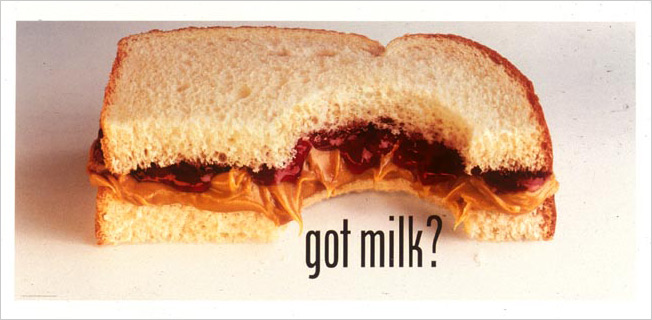
The insight: People wait until they’re out of milk to realize that they should buy more.
During a consumer focus group on milk held 25 years ago, someone said, “The only time I even think about milk is when I run out of it." The insight revealed by that remark became the foundation for a campaign that entertainingly presented what might happen if you allowed yourself to run out of milk. The “Got Milk?” campaign achieved over 90 percent awareness in the U.S., and the tagline has been licensed to dairy boards across the nation.
Old Spice: “The Man Your Man Could Smell Like”
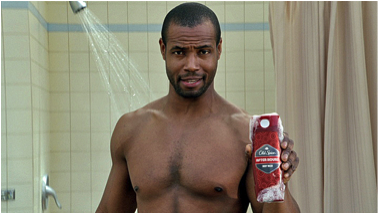
The insight: Wives and girlfriends are more likely to buy men’s body wash than men are.
Consumer research revealed that for years Old Spice had aimed messaging for its body wash and hair care products at the wrong audience. The first commercial, featuring actor Isaiah Mustafa, was an overnight sensation and became a cultural phenomenon. Sales surpassed expectations and today Old Spice is the number one selling brand of body wash for men in the U.S.
At Sandstorm, our thoughtful, scientific approach to user research reveals illuminating insights on which effective brand strategies are built. For example:
Ensono: “Operate for Today. Optimize for Tomorrow”
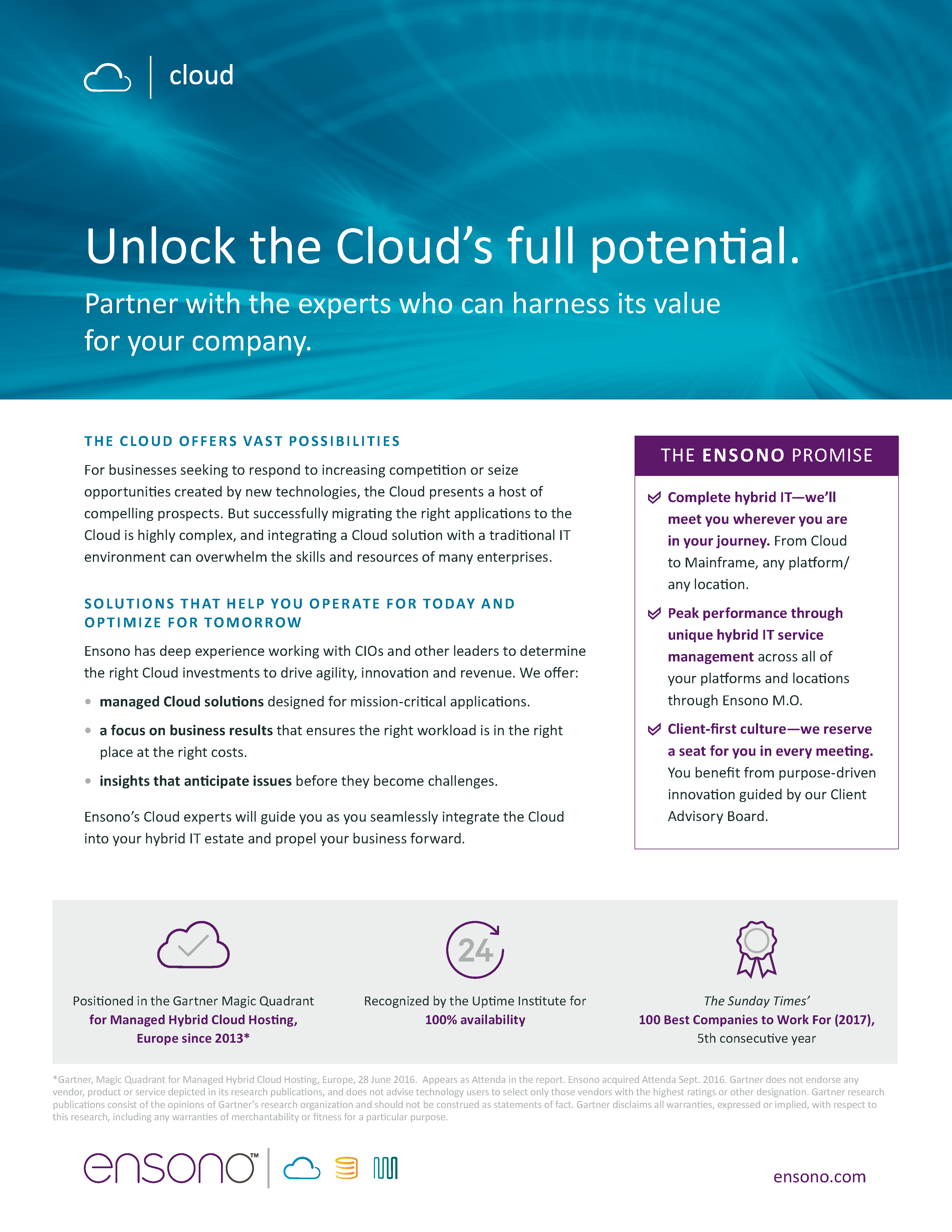
A marketing flyer for Ensono Cloud services, designed with a blue and purple color scheme. The top section features a blue background with cloud-like patterns and a white cloud icon, followed by the text: “Unlock the Cloud’s full potential. Partner with the experts who can harness its value for your company.”
The Cloud Offers Vast Possibilities: Text below describes the benefits of cloud computing for businesses, emphasizing the complexity of successful cloud migration and the need for expert guidance to avoid overwhelming traditional IT environments.
Solutions That Help You Operate for Today
The insight: Chief information officers are looking for resources to help them not just keep the data center running, but deliver strategic innovations that drive revenue.
Extensive primary and secondary research revealed how the role of our user, the CIO, was evolving. CIOs were increasingly being expected to make strategic contributions in the boardroom, moving from a traditional “build-and-feed” model to a construct that could be described as “dream and direct.” We developed a brand campaign for our client Ensono (which provides IT infrastructure management outsourcing) that positioned Ensono as “the company that dreams,” helping CIOs address their current needs and deliver on tomorrow’s objectives.
We developed the new name and brand identity for Ensono, designed and developed its new website and created an expansive portfolio of marketing materials. In one year, the site saw a 703 percent increase in total page views, an 859 percent hike in unique visitors and a 955 percent increase in lead form submissions!
We’d be delighted to help you find the unexpected user insights that deliver an enhanced brand experience. Contact us today to get started.

